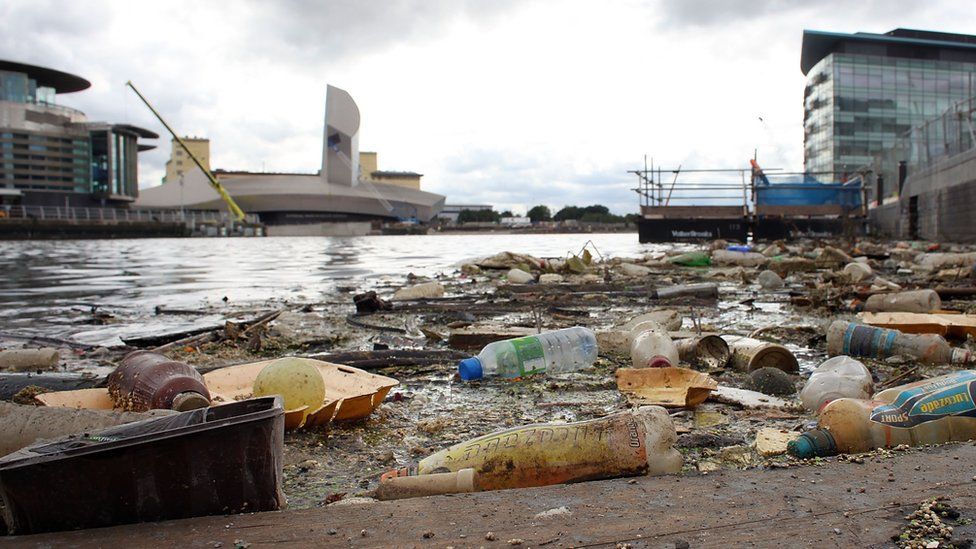The pollution of the Manchester Ship Canal has been a growing concern for both environmentalists and local residents. The once thriving waterway has suffered from significant pollution in recent years, raising questions about the impact on the local ecosystem and public health.
The Manchester Ship Canal, which stretches for 36 miles, was once an essential trade route and a symbol of industrial prowess. However, the extensive industrialization and urbanization in the region have taken a toll on the canal’s water quality. The discharge of industrial waste, sewage, and agricultural runoff has contributed to the degradation of the water, leading to serious environmental consequences.
One of the primary sources of pollution in the Manchester Ship Canal is industrial waste. Over the years, industries along the canal have released various pollutants directly into the water, including heavy metals, chemicals, and other harmful substances. These pollutants not only contaminate the water but also pose significant risks to aquatic life and the surrounding ecosystem.
In addition to industrial waste, sewage discharge has also been a major contributor to the pollution of the Manchester Ship Canal. The influx of untreated or inadequately treated sewage from urban areas has introduced high levels of nutrients and pathogens into the water, leading to eutrophication and the spread of waterborne diseases. This poses a serious threat to both aquatic organisms and public health.
Furthermore, agricultural runoff has added to the pollution burden of the canal. Pesticides, fertilizers, and sediments from agricultural activities have found their way into the water, causing further deterioration of water quality. The accumulation of these pollutants in the canal has disrupted the natural balance of the ecosystem and has had detrimental effects on aquatic flora and fauna.
The pollution of the Manchester Ship Canal not only affects the environment but also impacts the communities living in its vicinity. The degraded water quality has raised concerns about public health, as residents and recreational users are at risk of exposure to harmful contaminants. Additionally, the aesthetic and recreational value of the canal has been greatly diminished, posing a threat to the wellbeing and quality of life of local residents.
Addressing the pollution of the Manchester Ship Canal requires concerted efforts from various stakeholders. Effective waste management regulations, stringent enforcement of industrial discharge standards, and improved sewage treatment facilities are essential to mitigate the pollution. Furthermore, collaborative initiatives involving industries, government agencies, and local communities are necessary to raise awareness and promote sustainable practices to protect the canal.
In conclusion, the pollution of the Manchester Ship Canal is a pressing issue that demands urgent attention. The degradation of water quality not only jeopardizes the health of the local ecosystem but also poses risks to public health and the wellbeing of nearby communities. It is imperative for all stakeholders to work together to implement proactive measures to restore and preserve the ecological integrity of the Manchester Ship Canal.
